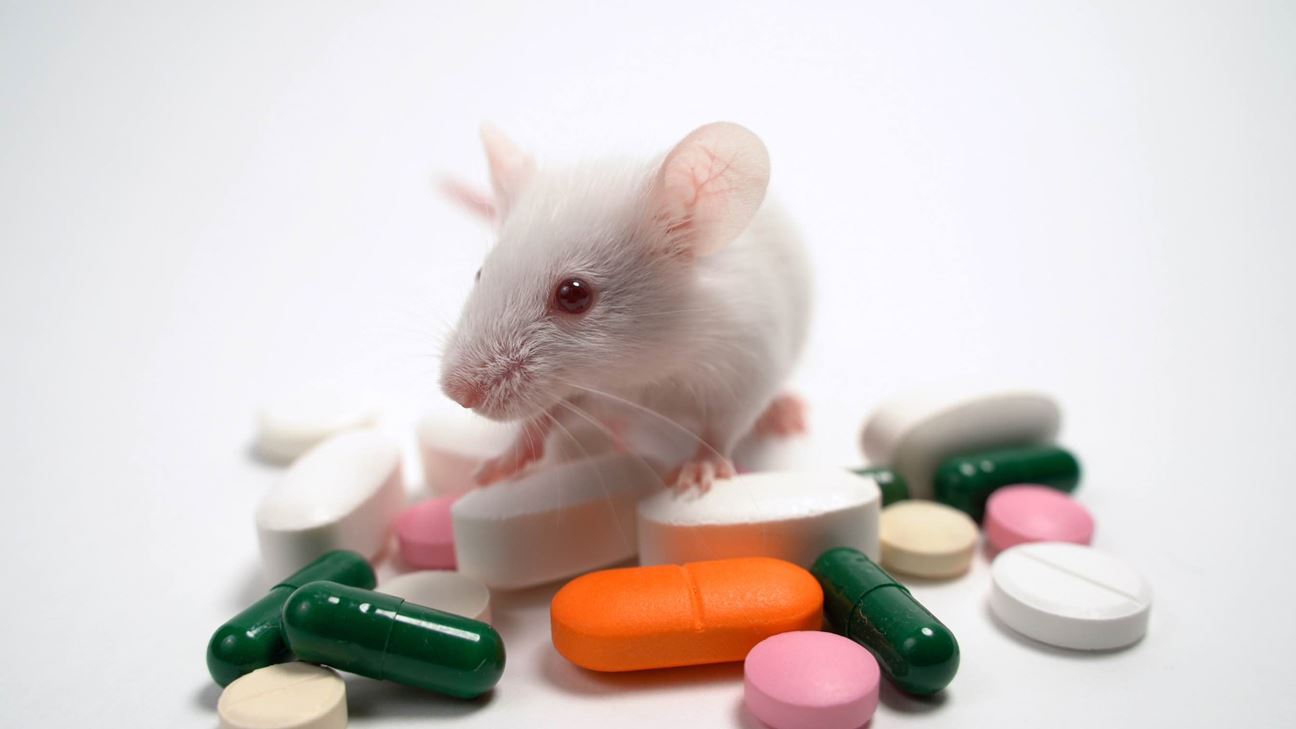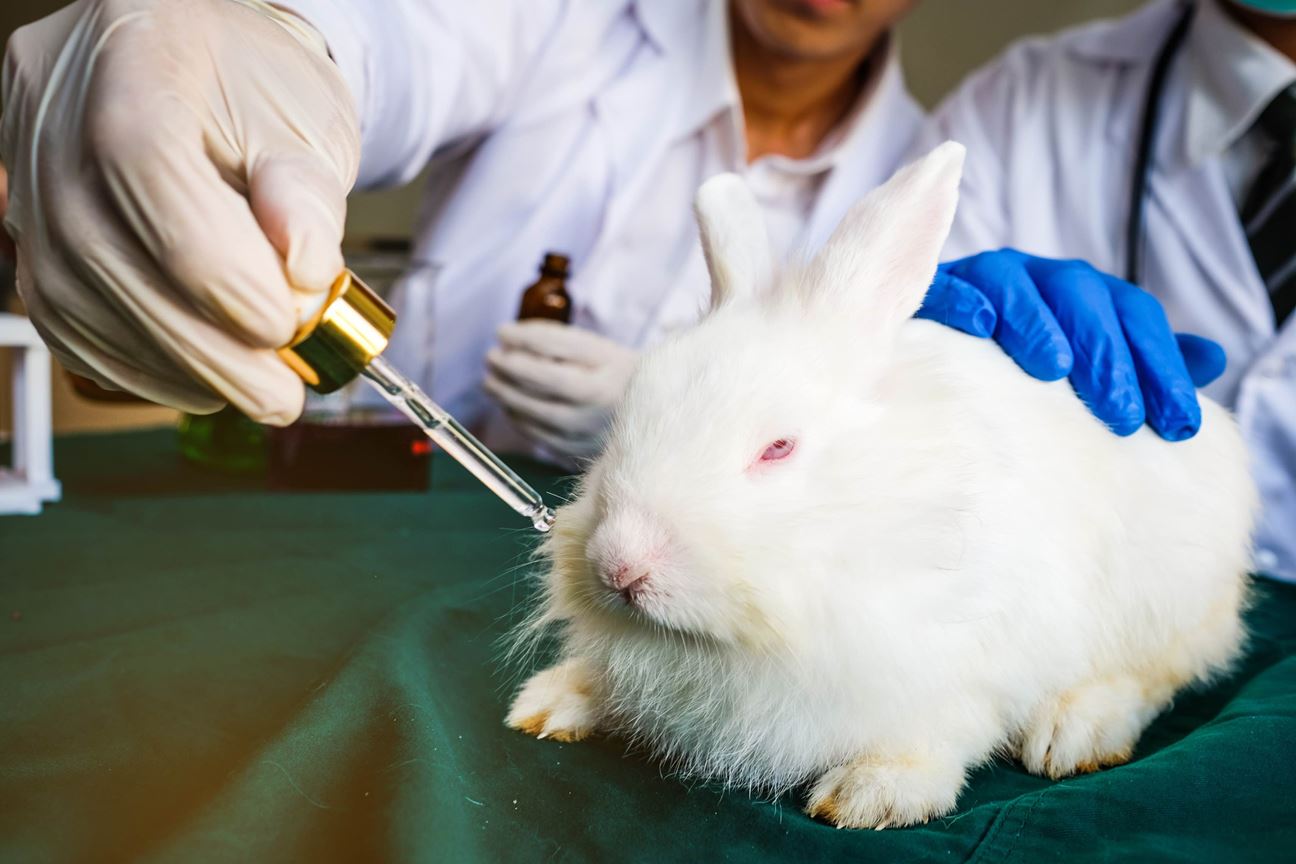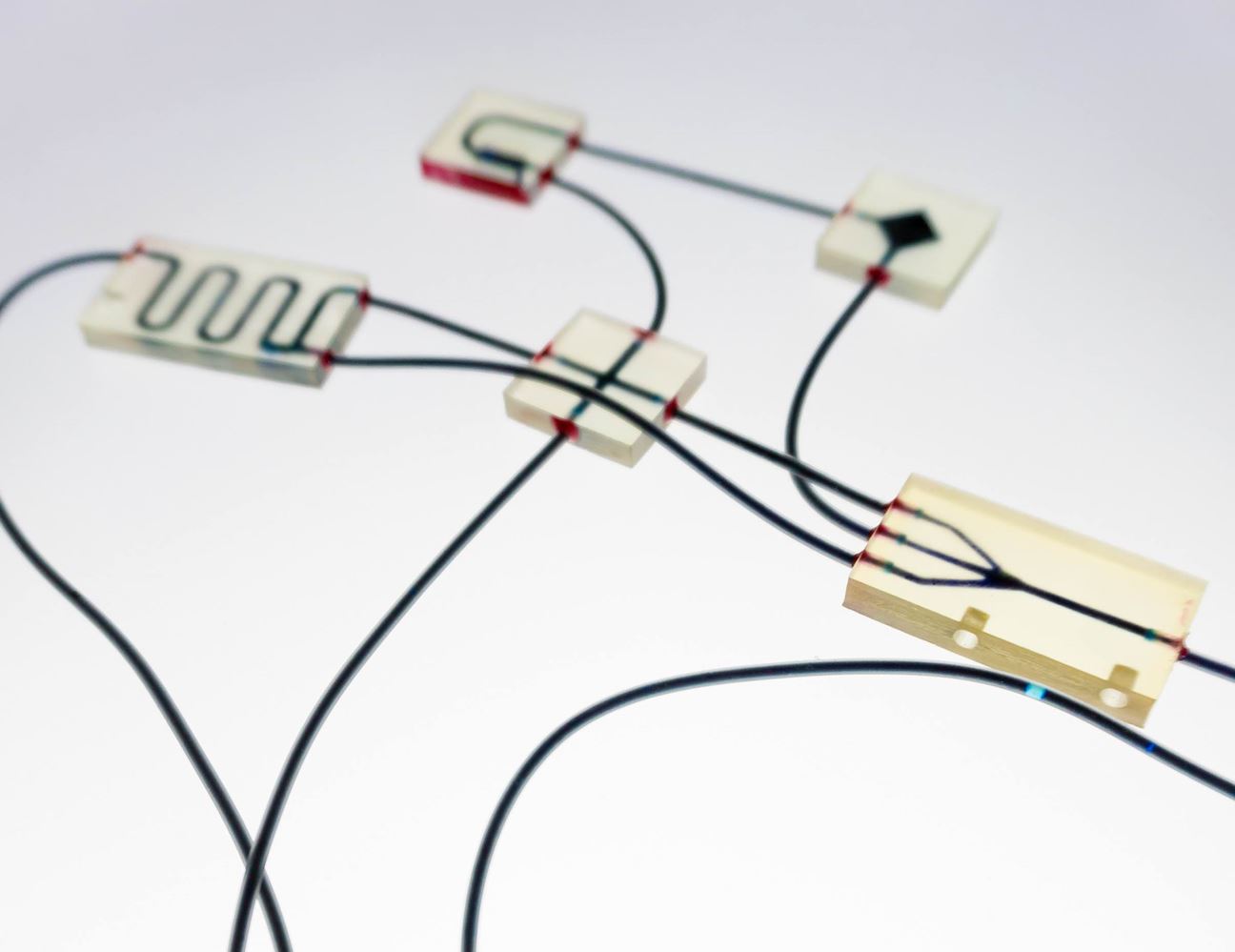A brief look into the history of cruelty, room for improvement and the hopefully better future of animals used in laboratory testing in India.
Animal testing for drug-related and cosmetic purposes is (shockingly?) still a very prevalent practice in India. In fact, legally, medical drugs do not get approval unless tested on animals. However, the testing conditions are far crueller than legally accepted—a fact largely overlooked. The testing conditions in India, in the early 2000s, were predominantly unethical and even affected the results of the experimentation. In recent years, since the establishment of more vegan and springing of anti-vivisection groups, the situation is gradually improving, or at least the backlash is increasing.

In 2003, Animal Defenders International and the National Anti-Vivisection Society researched and documented the conditions of animals used for experimental and laboratory testing purposes. In the 2000s, laboratory-testing animals in India lived in the direst of conditions. The experimental conditions were unhygienic, animals of unknown genetic origin were often chosen (free-roaming street dogs, etc.), animals were denied post-operative care and there were instances where certain laboratories operated without an in-house veterinarian for years on end. The animals usually lived in rusting cages, were given inadequate food, water, and lacked proper ventilation and air ducts. There was frequent use of brutal procedures like brain drilling and live freezing on live animals. This poor standard of living was seen across all animals and species used for experimentation.

An often-ignored effect of the poor standard of living for laboratory testing animals is the direct impact it has on the experiment and testing itself. The stress can lead to physiological, psychological, and immunological irregularities, which then affect the standardisation of the experiments. For example, there are long-term immune system changes in adult macaques if they are separated from their mothers before 6-months of age, even briefly. Macaques are most-often used for medical drug tests and their compromised immune system can greatly skew the results. Even the very fact that animals are housed in or near the laboratories can affect their physiology. Another example - the visual monitors and screens can emit a high pitched frequency, that can be extremely similar to the distress call of a rat. This constant sounds can greatly increase the stress hormones in laboratory rodents. High levels of cortisol and other stress-related hormones have numerous physiological responses that will then tamper with the experiment. So this unjustifiable cruelty is, in fact, largely counterproductive to experimentation - yet it continues. With a large number of research now being dedicated to the effect of experimentation on testing animals, with the aim of reducing the cruelty with which they are kept alive, India hopefully sees a shift in the outlook of their welfare.

Are things improving? Yes. Slowly, as awareness about testing-animals increases; as the backlash increases, hope for them is increasing. There are various groups that focus on the welfare of different kinds of testing animals. Several animal NGOs rescue and rehabilitate large animals from testing centres. The coming generation of conscientious people has increased the popularity of non-cruelty brands of various products, food, and cosmetics alike. As people question the effect of their consumerism on animals and nature, we see a shift in the ignorance towards this subjected that had existed in the early 2000s.
On an even more positive and productive note, the Indian Council of Medical Research (IMRC) has members who are pushing for investment into alternative testing methods. Currently, India is one of the few countries that is experimentally using the organ-on-a-chip (OOC) method for medical testing instead of animals. An organ-on-a-chip is a multi-channel, multi-fluid cell culture chip that allows drug-testing by mimicking the reaction of physiological, chemical, and mechanical reactions of an entire organ or organ system. Here’s what it looks like:

Although still in its developmental phases, the IMRC contests that OOCs in some cases even outcompetes animal testing in terms of efficiency. However, in India, it is still mandatory to use rodents, dogs, and primates before drug-approval. In the long term, these artificial lab testers may be more resourceful and cost-efficient, and undoubtedly more humane. However, switching to alternative technology is an expensive investment, to begin with, one that currently lacks government and budget initiatives.
With everything said, it does seem like it's time to shift to technology-only testing, not only for ethical and anti-vivisection purposes, but it does seem like a better, more effective, and more reliable method of testing. The number of laboratory animals will reduce by a massive amount if this is researched, funded, and implemented in India properly. As with most things these days, combining artificial intelligence and biotechnology seems like the best way forward.